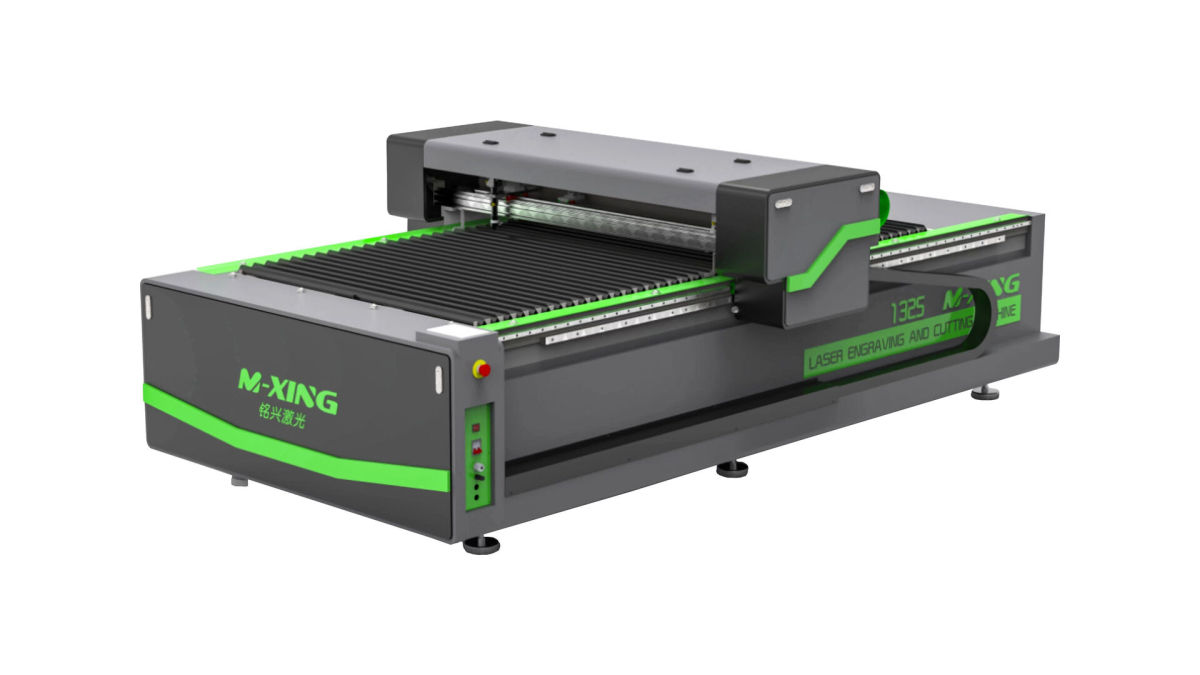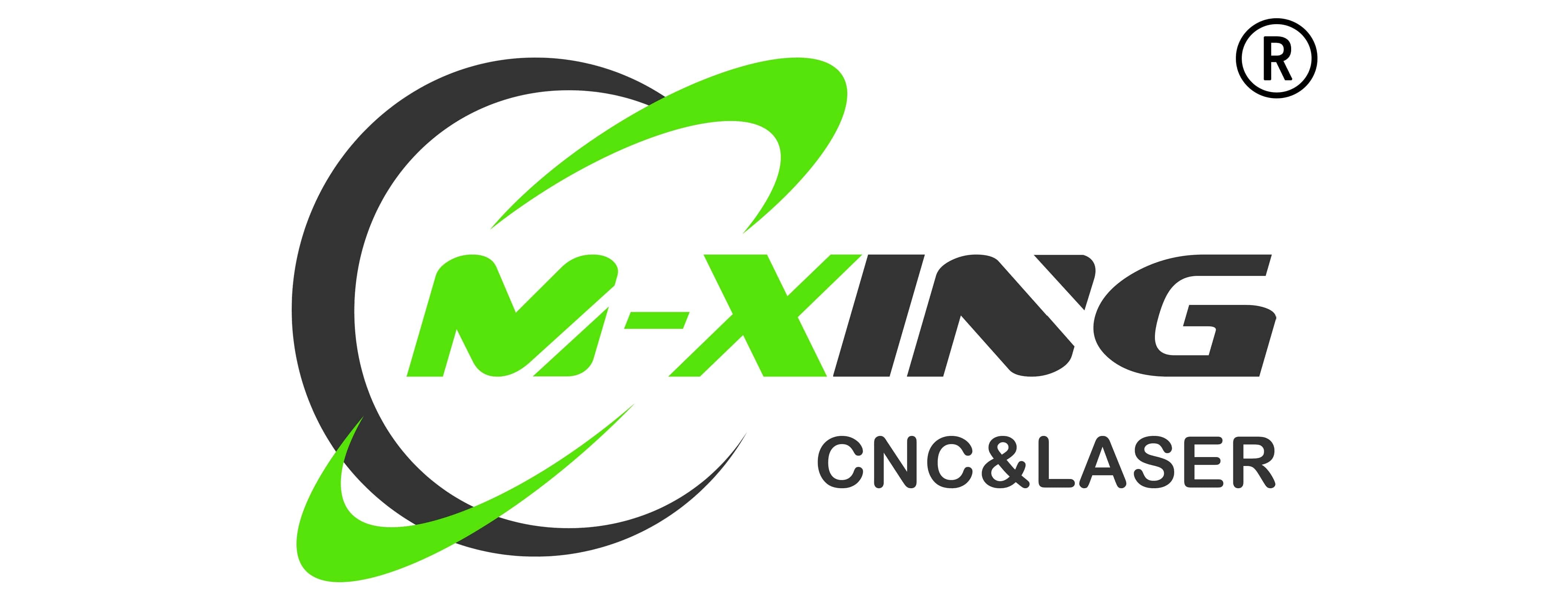Blog
Laser cutting is a precise and versatile technology for cutting a wide range of materials. From delicate woods and fabrics to stiff metals and thick plastics, almost any material can be cut using a laser. If you're new to laser cutting and looking to bring this technology into your projects and processes, here are some basics to get you started.
Understanding The Different Types of Lasers
There are different types of lasers used for cutting, with the two most common being CO2 lasers and fiber lasers.
CO2 lasers emit infrared light at a wavelength of 10.6 μm. They are able to cut a wide variety of non-metallic materials like wood, acrylic, fabric, foam, and some thin plastics. However, they have difficulty cutting thicker or reflective metals. CO2 laser cutters are often used in small businesses, hobbyist shops, and schools.
Fiber lasers emit light at near-infrared wavelengths between 1 and 2 μm. They tend to be more expensive than CO2 lasers but are capable of cutting both metallic and non-metallic materials. This makes them well suited for industrial applications and factories that require cutting different material types. Fiber lasers are able to cut materials more quickly and with a finer detail compared to CO2 lasers.

Choosing A Laser Cutter To Meet Your Needs
There are many laser cutter options available, from small mini laser engraver suitable for hobbyist projects to large industrial fiber laser machine in factories. Consider the following when choosing a laser cutter:
• Bed size - How large of a material do you need to cut? Mini lasers usually have a 12" x 12" or 24" x 36" bed while large industrial machines may have a bed size of 10' x 5'.
• Power - More power means thicker materials can be cut but it also increases costs. 1000 watts is good for small laser cutters while industrial lasers may have 5000+ watts of power.
•Lasersource -Choose CO2 for variety or fiber for speed and metal cutting.
•Software - What software does it use? Some have proprietary software while others work with common software like Adobe Illustrator, CorelDRAW or Inkscape.
• Cost - Consider your budget and the value you expect to get from the laser cutter.
With this overview of the laser cutting basics and factors to consider, you're ready to start researching laser cutters that match your specific needs and budget. Addtionally, referring to the suggestion from co2 fractional laser factories. Choosing the right size and type of laser cutter will ensure you get high quality results and maximize your ROI.
Some Examples Of Industrial Applications For Fiber Lasers
• Automotive manufacturing - Fiber lasers are used to cut and weld sheet metal for car body parts like doors, hoods, and trunk lids. They provide precision, speed, and consistency required for automotive manufacturing.
• Aerospace component fabrication - Fiber lasers are used to cut complex shapes in thick aluminum, titanium and steel sheets for aircraft parts like skins, doors, and panels. Their high power and speed enable efficient production.
• Appliance manufacturing - Laser cutting of sheet metal is widely used in factories that produce appliances like refrigerators, washing machines, and ovens. Fiber lasers are often used due to their ability to cut stainless steel.
• Electronics manufacturing - Fiber lasers are used for trimming, drilling, scribing and cutting of printed circuit boards, plastic enclosures and other components for the electronics industry. Their accuracy and repeatability meet the tight tolerances required.
• Medical device fabrication - Fiber lasers are employed in the production of medical implants, devices, and instruments due to their high precision, speed and biocompatibility. They are used for cutting parts made from metals and polymers.


